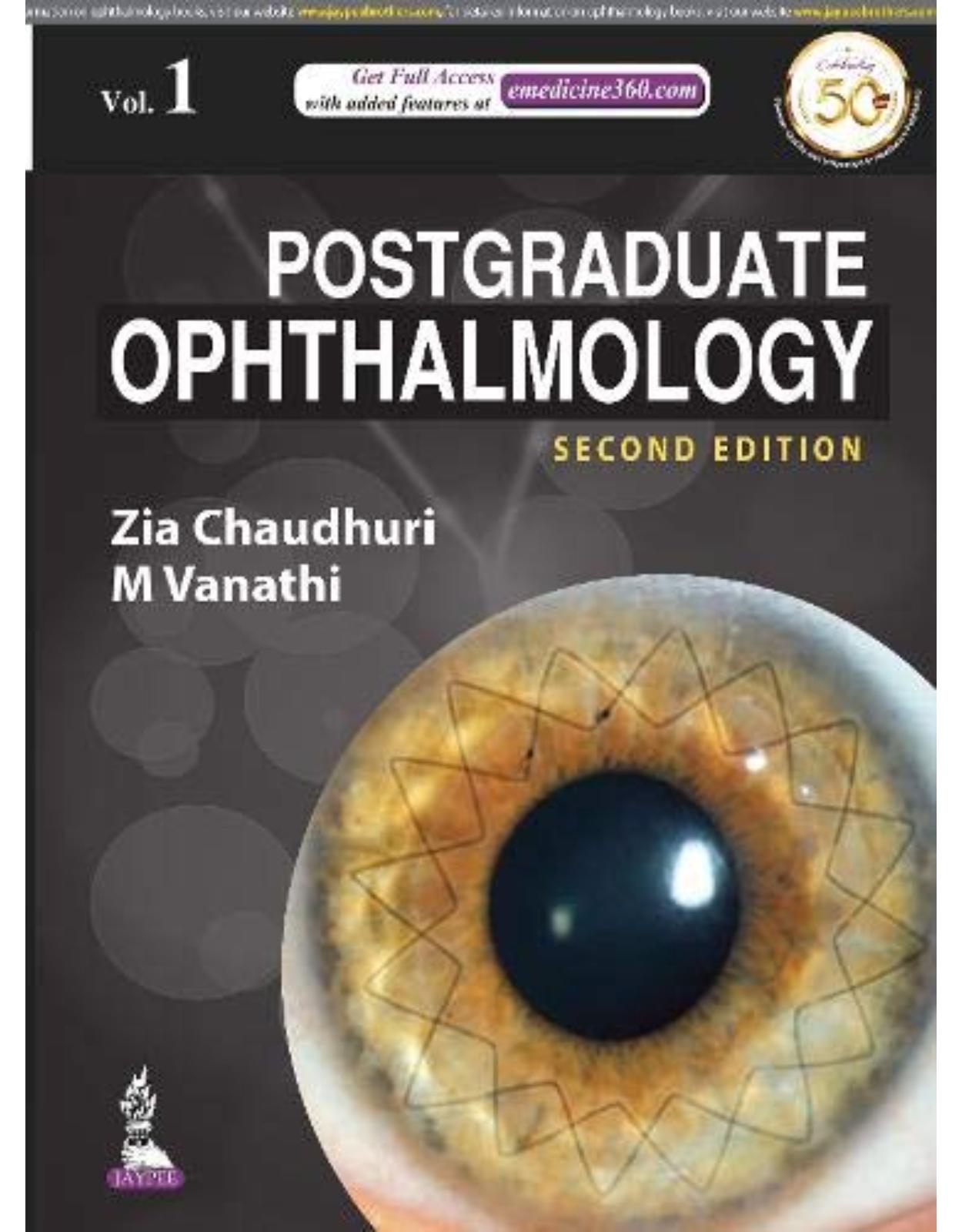
Postgraduate Ophthalmology: Two Volume Set
Livrare gratis la comenzi peste 500 RON. Pentru celelalte comenzi livrarea este 20 RON.
Disponibilitate: La comanda in aproximativ 4 saptamani
Autor: Zia Chaudhuri, M Vanathi
Editura: Jaypee
Limba: Engleza
Nr. pagini: 3300
Coperta: Paperback
Dimensiuni: 23.4 x 15.3 x 30 cm
An aparitie: 28 Jan. 2020
The new edition of this two-volume set is a complete guide to the eye, and the diagnosis and management of ocular diseases and disorders.
Divided into 18 sections, the book begins with discussion on refraction, retinoscopy and low vision. The next section covers ocular genetics, gene editing, microbiology and pathology, then numerous different imaging techniques.
Each of the following sections provides in depth coverage of different disorders and conditions that may occur in a specific part of the eye. A complete section is dedicated to clinical trials.
The second edition has been fully revised and updated to provide clinicians with the latest advances in the field. Many new topics have also been added to this edition.
The comprehensive text is highly illustrated with nearly 3500 clinical photographs, diagrams and tables across 3300 pages.
Key points
- Comprehensive guide to complete field of ophthalmology over two volumes and 3300 pages
- Fully revised second edition providing latest advances and featuring many new topics
- Highly illustrated with nearly 3500 clinical photographs, diagrams and tables
Table of Contents:
1.1 Light and its Properties 1.2 Reflection, Refraction and Geometric Optics 1.3 Refraction of the Eye: Principles and Practice of Retinoscopy 1.4 Low Vision 1.5 Colour Vision 2.1 Genetics in Ophthalmology 2.2 Gene Editing and Gene Therapy in Inherited Retinal Degeneration 2.3 Ocular Biochemistry 2.4 Ocular Microbiology 2.5 Ocular Pharmacology 2.6 Ocular Pathology 2.7 Anesthesia for Ophthalmic Surgery 2.8 Principles of Ophthalmic Radiology 2.9 Neuroimaging 2.10 Orbital Imaging 2.11 High Resolution Surface Coil Orbital MR Imaging in Strabismus 2.12 Ophthalmic Ultrasonography 2.13 Orbital Ultrasonography 2.14 Anterior Segment OCT 2.15 Posterior Segment OCT - Retina and Macula 2.16 Posterior Segment OCT - Retinal Nerve Fibre Layer 2.17 Adaptive Imaging 2.18 Confocal Microscopy 2.19 Corneal Topography 2.20 Corneal Hysteresis 2.21 Tear Film Imaging 2.22 Psychophysical Tests of the Retina and Macular Function Tests 2.23 Retinal Microperimetry 2.24 Basics of Electrophysiology 2.25 Electrodiagnosis: Basics, Interpretations and Clinical Applications 2.26 Visual Field Evaluation and their Interpretations 2.27 Artificial Intelligence in Ophthalmology 3.1 Cornea: Applied Anatomy and Functions 3.2 Corneal Evaluation 3.3 Bacterial Conjunctivitis and Keratitis 3.4 Viral Conjunctivitis and Keratitis 3.5 Fungal Keratitis 3.6 Acanthamoeba Keratitis 3.7 Microsporidial Keratitis 3.8 Chlamydial Infections of the Eye 3.9 Unusual Corneal Infections: Atypical Mycobacterial Keratitis and Pythium Keratitis 3.10 Corneal Ectasias 3.11 Corneal Dystrophies 3.12 Diseases of the Corneal Limbus & Miscellaneous Conditions of Cornea 3.13 Limbal Stem Cell Deficiency 3.14 Diseases of the Conjunctiva 3.15 Tear Film Dysfunction - Dry Eye Disease 3.16 Immunological Diseases of the Eye 3.17 Diseases of the Sclera 3.18 Contact Lens: Indications and Management 3.19 Penetrating Keratopasty 3.20 Lamellar Keratoplasty 3.21 Ocular Surface Reconstruction with Amniotic Membrane Grafting 3.22 Keratoprosthesis 3.23 Eye Banking 4.1 Laser Refractive Surgery & Phakic IOL 4.2 Lenticule Extraction Refractive Surgery (SMILE) 4.3 Incisional Keratorefractive Surgery 4.4 Corneal Crosslinking 5.1 Glaucoma: Applied Anatomy, Physiology and Classifications 5.2 Glaucoma Evaluation 5.3 Primary Open Angle Glaucoma 5.4 Primary Angle Closure Glaucoma 5.5 Normal Tension Glaucoma 5.6 Secondary Glaucoma 5.7 Medical Management of Glaucoma 5.8 Trabeculectomy and its Modifications 5.9 Glaucoma Drainage Device 5.10 Neuroprotection, Neuro-recovery and Neuro-regeneration 5.11 Hyptony, Atrophic and Phthisis Bulbi 6.1 Lens: Basic Aspects 6.2 Approach to a Patient with Cataract 6.3 Intraocular Lenses 6.4 Intraocular Lens Implant Power Calculations, Selection, Biometry and Pediatric Considerations 6.5 Post-refractive Surgery IOL Power Calculations 6.6 Cataract Surgery 6.7 Small Incision Cataract Surgery 6.8 Femtosecond Laser Assisted Cataract Surgery 6.9 Scleral Fixated Intraocular Lens Implantation 6.10 Management of Posterior Polar Cataract 6.11 Management of Hard Cataract 6.12 Management of Soft Cataract 6.13 Management of White Cataract 6.14 Cataract Surgery in Small Pupils 6.15 Cataract Surgery in Subluxated Cataracts 6.16 Cataract Surgery in Diabetic Patients 6.17 Cataract Surgery in Corneal Disorders 6.18 Cataract Surgery in Eyes with Co-existing Ocular and Systemic Co-morbidity 6.19 Analysis of Surgically Induced Astigmatism 7.1 Anatomy, Physiology and Diseases of the Uvea 7.2 Iridodialysis 7.3 Endophthalmitis 7.4 Panophthalmitis 8.1 Anatomy, Physiology and Diseases of the Vitreous 8.2 Retinal Anatomy 8.3 Retinal Evaluation 8.4 Dystrophy and Degenerations of the Retina 8.5 Retinal Vascular Diseases 8.6 Systemic Diseases with Retinal Manifestations 8.7 Diseases of the Macula 8.8 Retinal Detachment: Etiopathogenesis and Management 9.1 Orbit: Applied Anatomy, Imaging and Evaluation 9.2 Pathological Conditions of the Orbit 9.3 Anophthalmic Socket and Prosthetic Rehabilitation of the Orbit 9.4 Orbital Surgery 9.5 Eyelid Anatomy 9.6 Evaluation and Management of Blepharoptosis 9.7 Eyelid Retraction 9.8 Eyelid Reconstruction 9.9 Eyelid Malpositions 9.10 Nonsurgical Periorbital Esthetic Procedures 9.11 Esthetic Eyelid Surgery 9.12 Botulinum Toxin in Ophthalmic Plastic Surgery 9.13 The Lacrimal System 10.1 Eyelid Tumors 10.2 Orbital Tumors 10.3 Tumors of the Conjunctiva and Ocular Surface 10.4 Intraocular Tumors 11.1 Anatomy of the Visual Pathway 11.2 Neural Basis of Ocular movements 11.3 Pupil 11.4 Cranial Nerve Examination 11.5 Examination Techniques in Neuro-ophthalmology 11.6 Headache and the Eye 11.7 Visual Hallucinations 11.8 Psychosomatic Disorders, Hysteria and Malingering 11.9 Optic Disc Atrophy 11.10 Optic Disc Edema 11.11 Optic Neuritis 11.12 Hereditary Optic Neuropathy 11.13 Ischemic Optic Neuropathy 11.14 Toxic and Nutritional Optic Neuropathy 11.15 Compressive Optic Neuropathy 11.16 Ophthalmoplegia 11.17 Disorders of Supranuclear and Infranuclear Pathways 11.18 Orbit in Neuro-ophthalmic Disorders 11.19 Nystagmus and Other Abnormal Ocular Oscillations 12.1 Visual Functions in Children: Normal Ocular and Visual Development 12.2 Amblyopia 12.3 Pediatric Ocular Examination 12.4 Pediatric Refraction 12.5 Pediatric Refractive Surgery 12.6 Ocular Embryology: Overview and Basis for Congenital Ocular Disorders 12.7 Intrauterine Infections and the Developing Eye 12.8 Congenital and Structural Lesions of the Orbit 12.9 Congenital Eyelid Anomalies 12.10 Diseases of the Pediatric Cornea 12.11 Congenital and Developmental Glaucomas 12.12 Pediatric Lenticular Abnormalities 12.13 Retinopathy of Prematurity 12.14 Recent Advances in Retinopathy of Prematurity 12.15 Child Abuse, Non-accidental Injuries and the Eye 12.16 Craniofacial Malformations 12.17 Ocular Clues to Pediatric Neuro-ophthalmic Diagnosis 12.18 Congenital Optic Disk Anomalies 12.19 Cortical Visual Impairment 13.1 Functional Anatomy and Physiology of Extraocular Muscles 13.2 Physiological Basis of Ocular Misalignment 13.3 Classification of Strabismus 13.4 Clinical Evaluation of Strabismus 13.5 Orthoptic Evaluation and Uses of Orthoptic Instruments 13.6 Primary Comitant Strabismus 13.7 Dissociated Strabismus Complex 13.8 Paralytic Strabismus 13.9 Pattern Strabismus 13.10 Neuroanatomical Strabismus and Pulleopathies 13.11 Strabismus Associated with Neuro-developmental Disorders 13.12 Congenital Cranial Dysinnervation Syndrome 13.13 Duane's Syndrome 13.14 Brown's Syndrome 13.15 MED 13.16 Strabismus in Thyroid Eye Disease 13.17 Post-surgical Strabismus 13.18 Management of Strabismus including Vessel Sparing Procedures 14.1 The Eye in Metabolic and Systemic Disorders 14.2 Albinism and Role of Pigment in Visual Development 14.3 Ophthalmic Manifestations of Leukemia 14.4 The Eye and Carotid Artery Disease 14.5 Ocular Myopathy 14.6 The Eye in Phakomatosis 14.7 Demyelinating Disease and the Eye 14.8 The Eye in Autism Spectrum Disorders 14.9 Visual Manifestations of Stroke 15.1 Ocular Trauma 15.2 Chemical Injuries 15.3 Management of Corneal and Corneo-scleral Tear 15.4 Traumatic Glaucoma & Hyphema 15.5 Traumatic Cataract 15.6 Posterior Segment Ocular Trauma 15.7 Management of Intraocular Foreign Body [IOFB] 15.8 Management of Trauma & Fractures of Orbit 15.9 TON and ONA 15.10 Traumatic Strabismus and Diplopia 15.11 Ocular Manifestations Management of Intracranial Trauma 16.1 Excimer Laser Applications in Cornea 16.2 Femtosecond Laser Applications in Cornea 16.3 Laser Applications in Glaucoma 16.4 YAG Capsulotomy 16.5 Lasers in the Posterior Segment of the Eye 17.1 Cornea Trials 17.2 Glaucoma Trials 17.3 PEDIG and Myopia Trials 17.4 Retina Trials 18.1 Community Ophthalmology 18.2 Ethical and Medicolegal Aspects in Ophthalmology 18.3 Patient Safety, Quality of Care and Accreditation 18.4 Health and Medical Administration: Basic Aspects for an Ophthalmologist 18.5 HAI 18.6 Ophthalmic Emergencies 18.7 Differential Diagnosis of Ophthalmic Signs and Symptoms 19.1 Illustrated Ocular Pathology 19.2 Illustrated Ocular Microbiology 19.3 Radiological Landmarks on Orbital CT Scan 19.4 Neurological Plates
| An aparitie | 28 Jan. 2020 |
| Autor | Zia Chaudhuri, M Vanathi |
| Dimensiuni | 23.4 x 15.3 x 30 cm |
| Editura | Jaypee |
| Format | Paperback |
| ISBN | 9789389587333 |
| Limba | Engleza |
| Nr pag | 3300 |
-
1,42500 lei 1,20000 lei

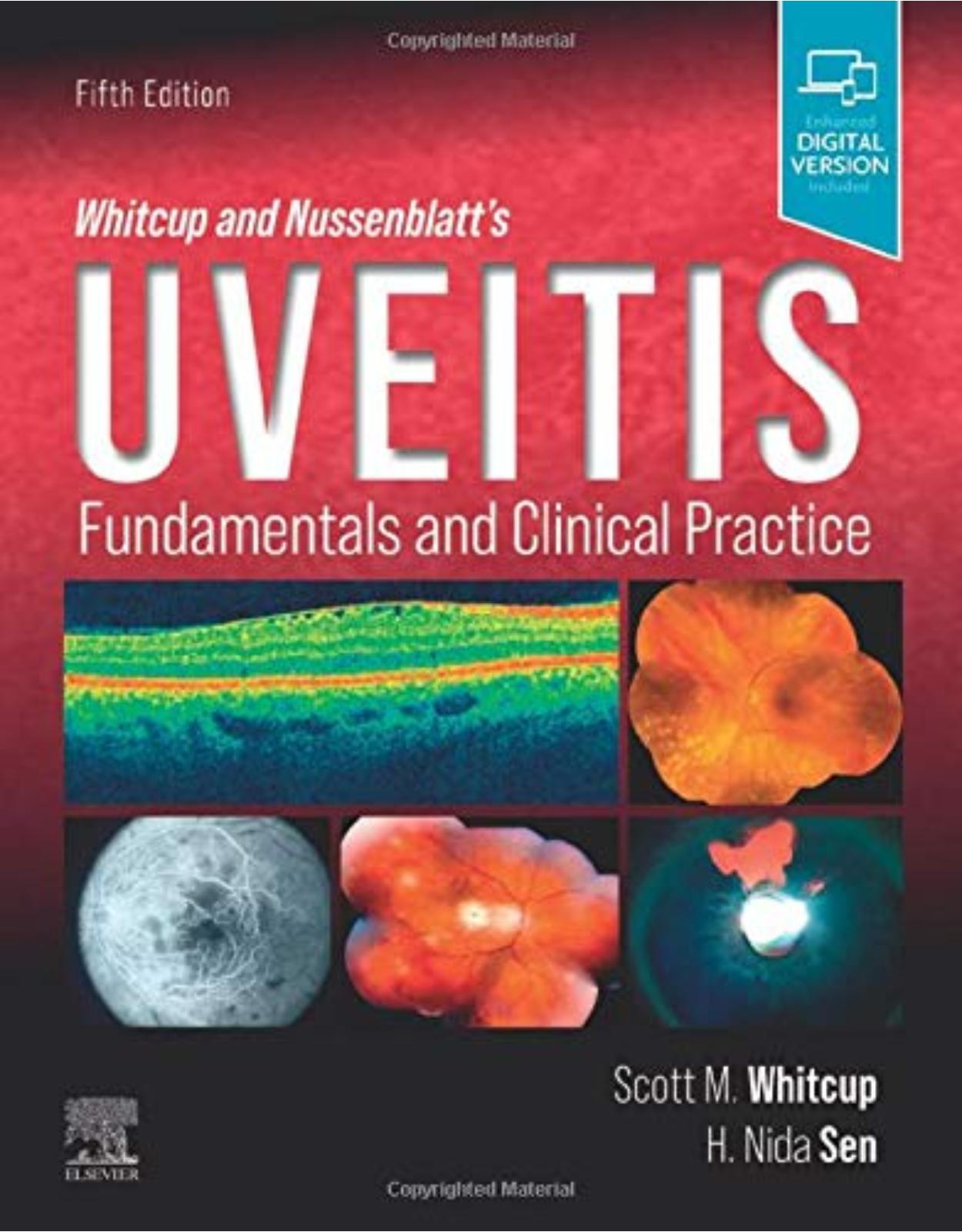
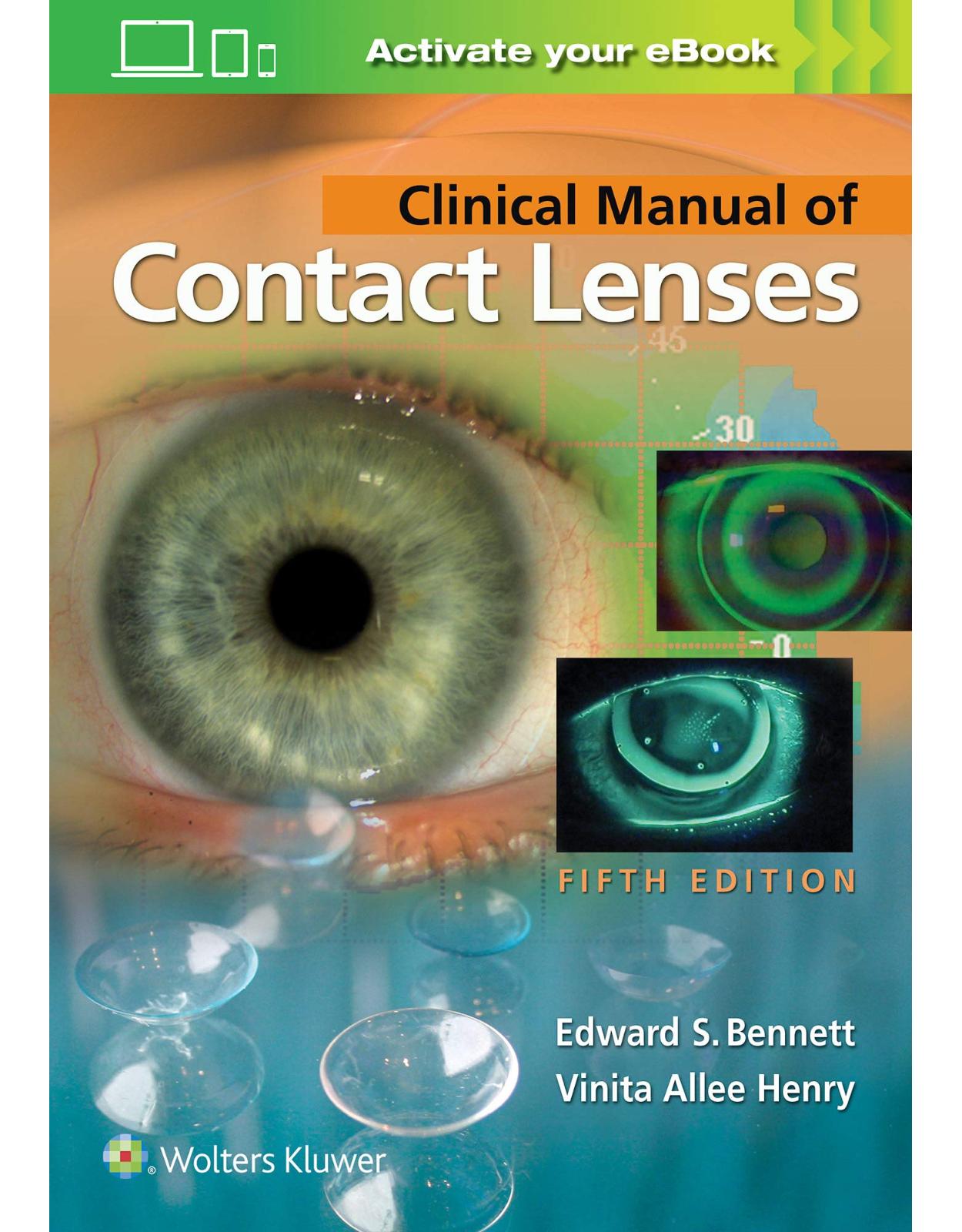
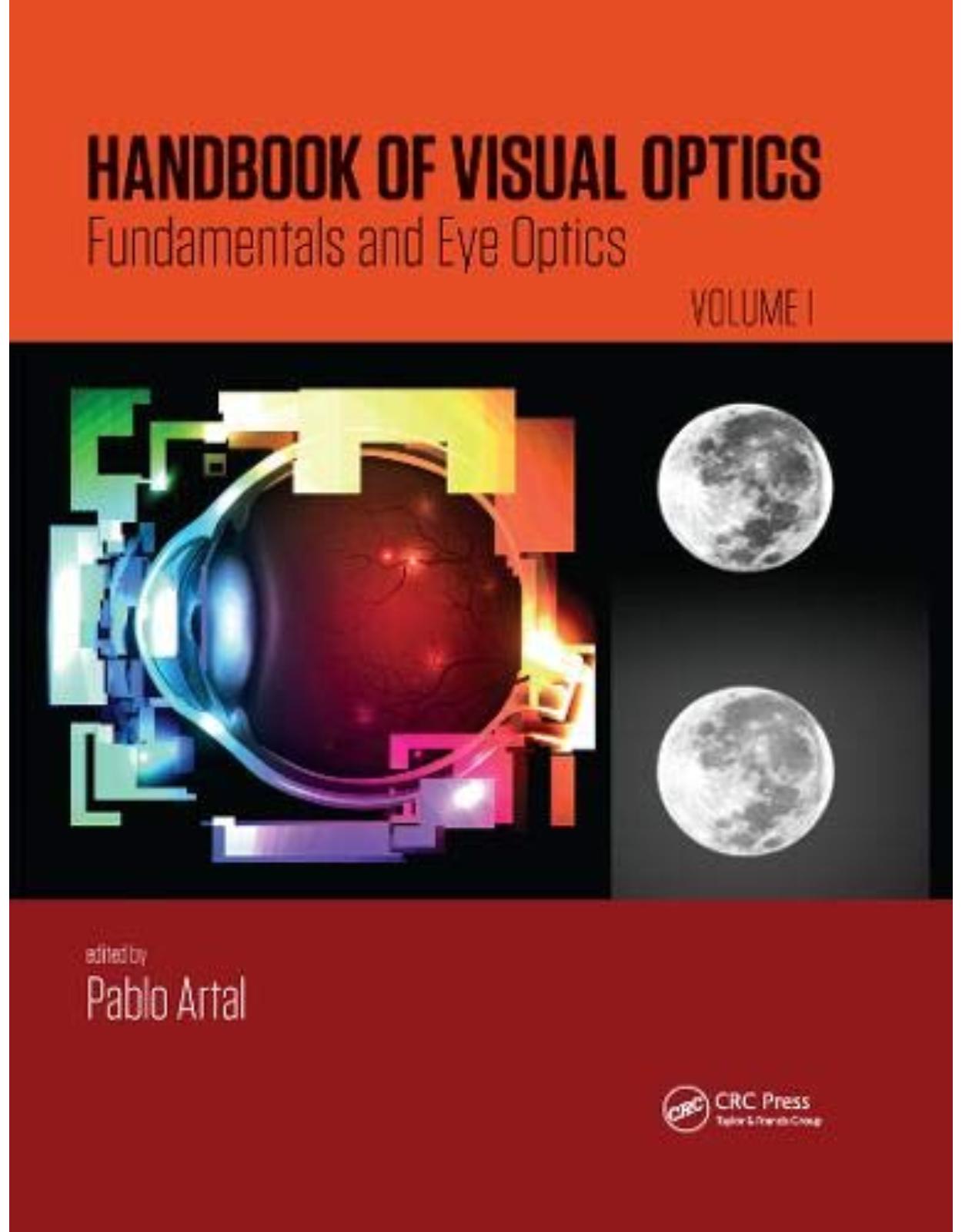
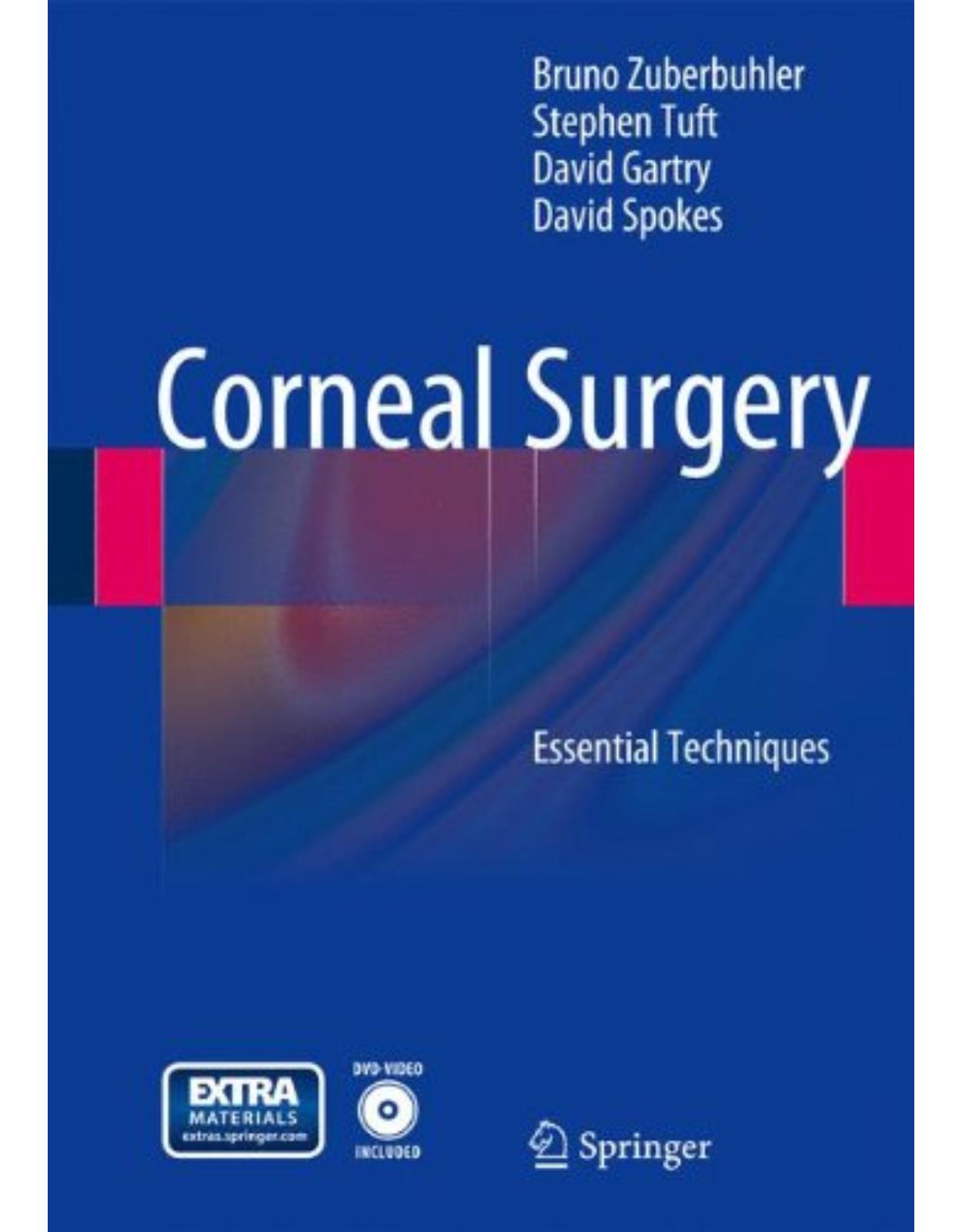
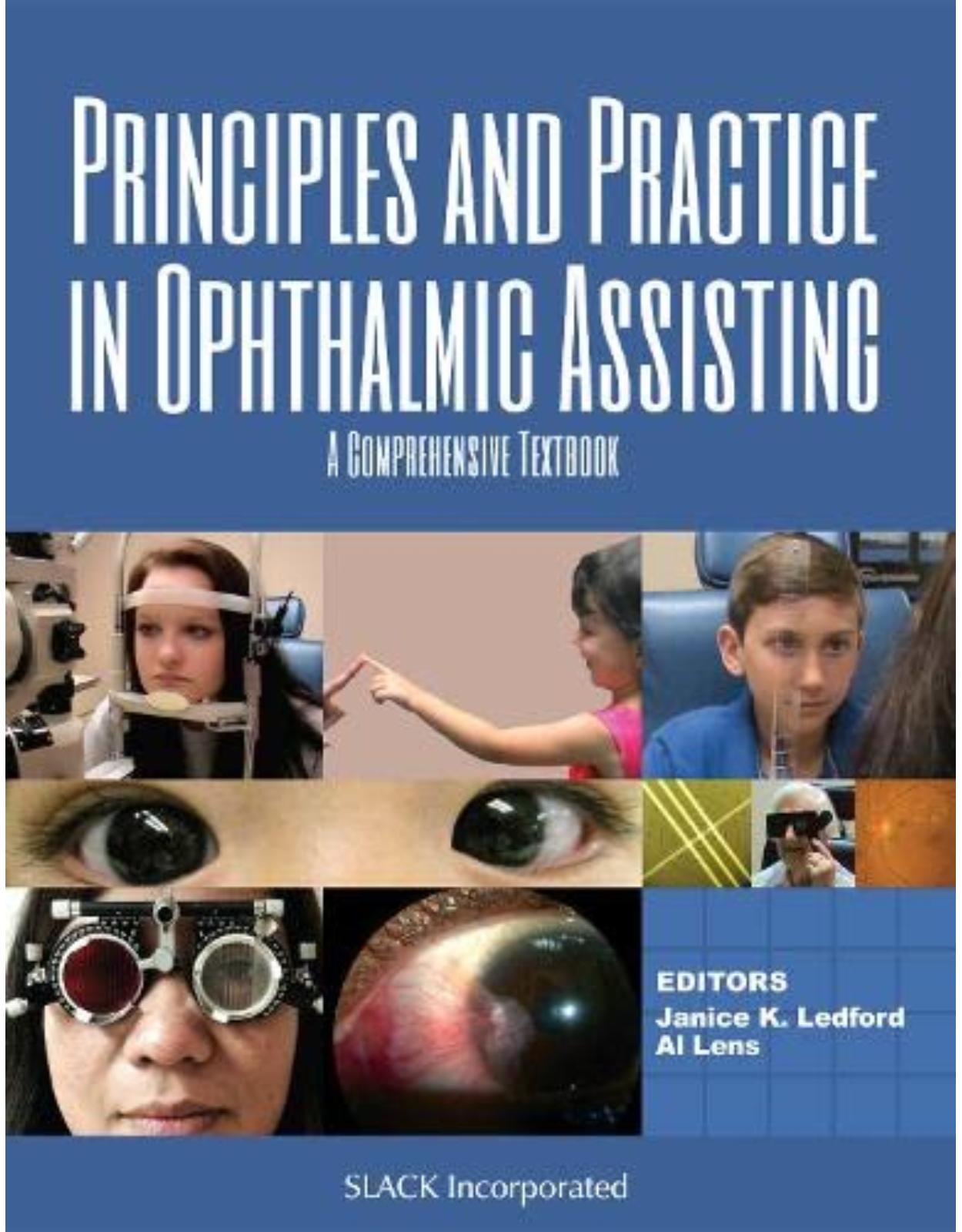
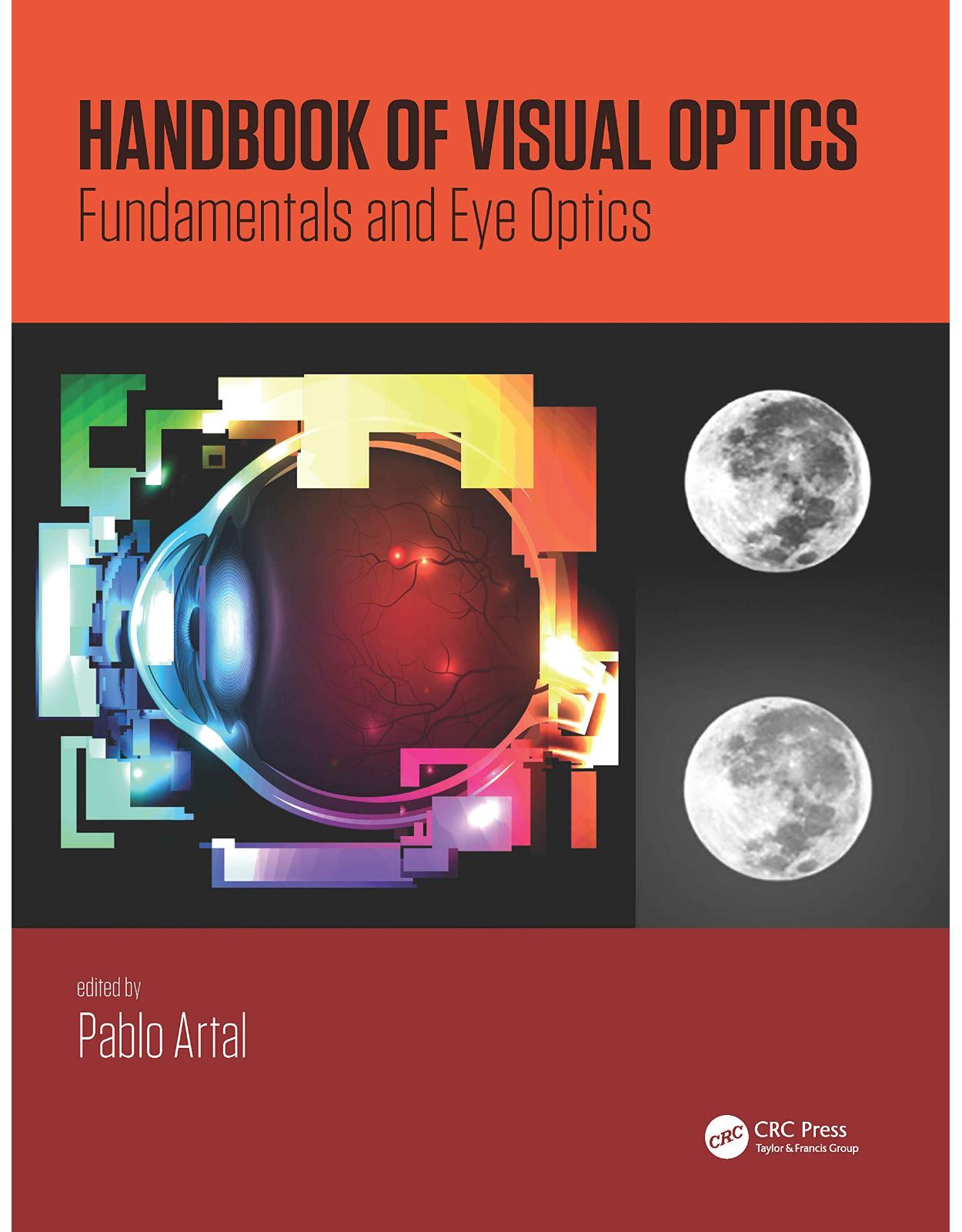
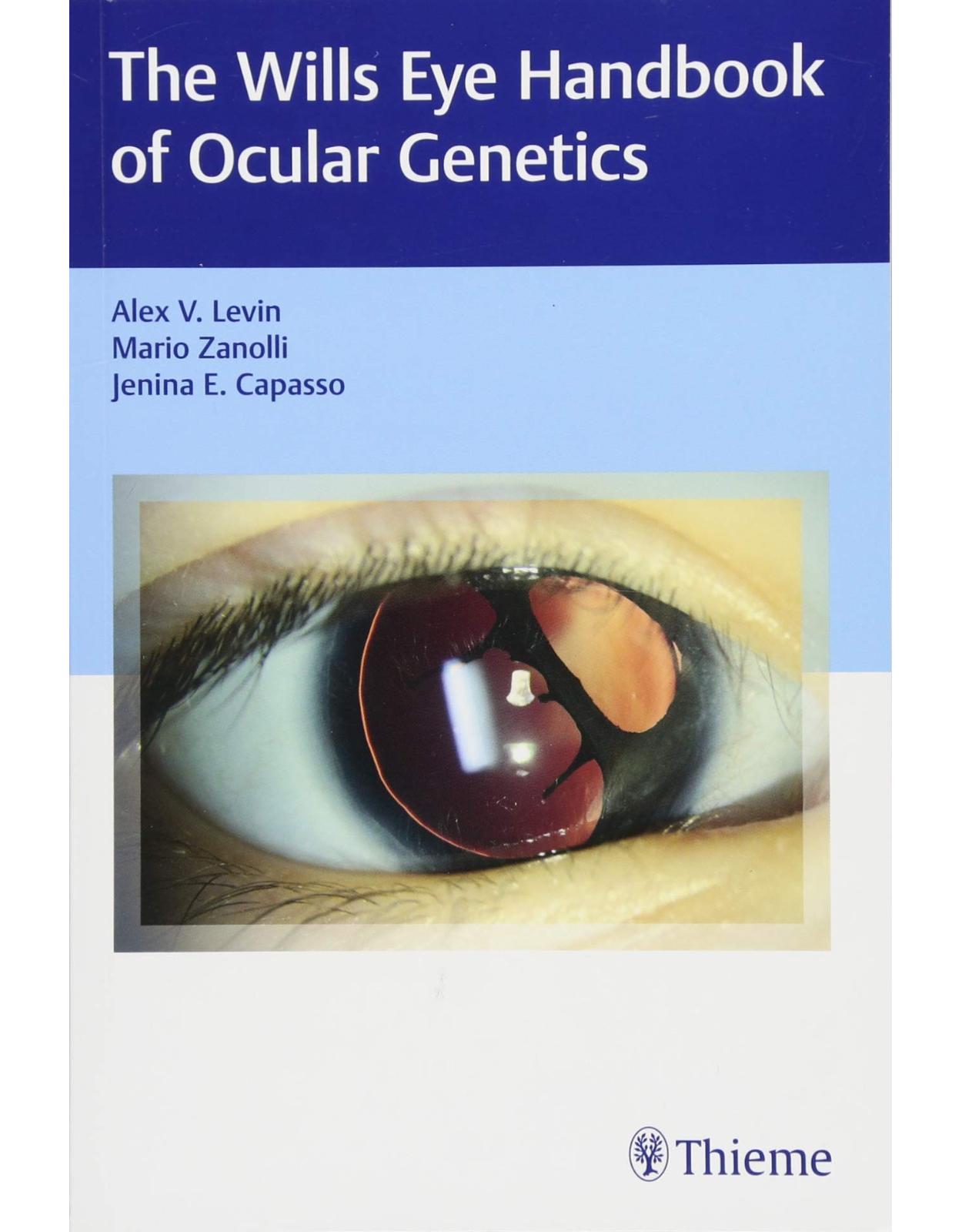
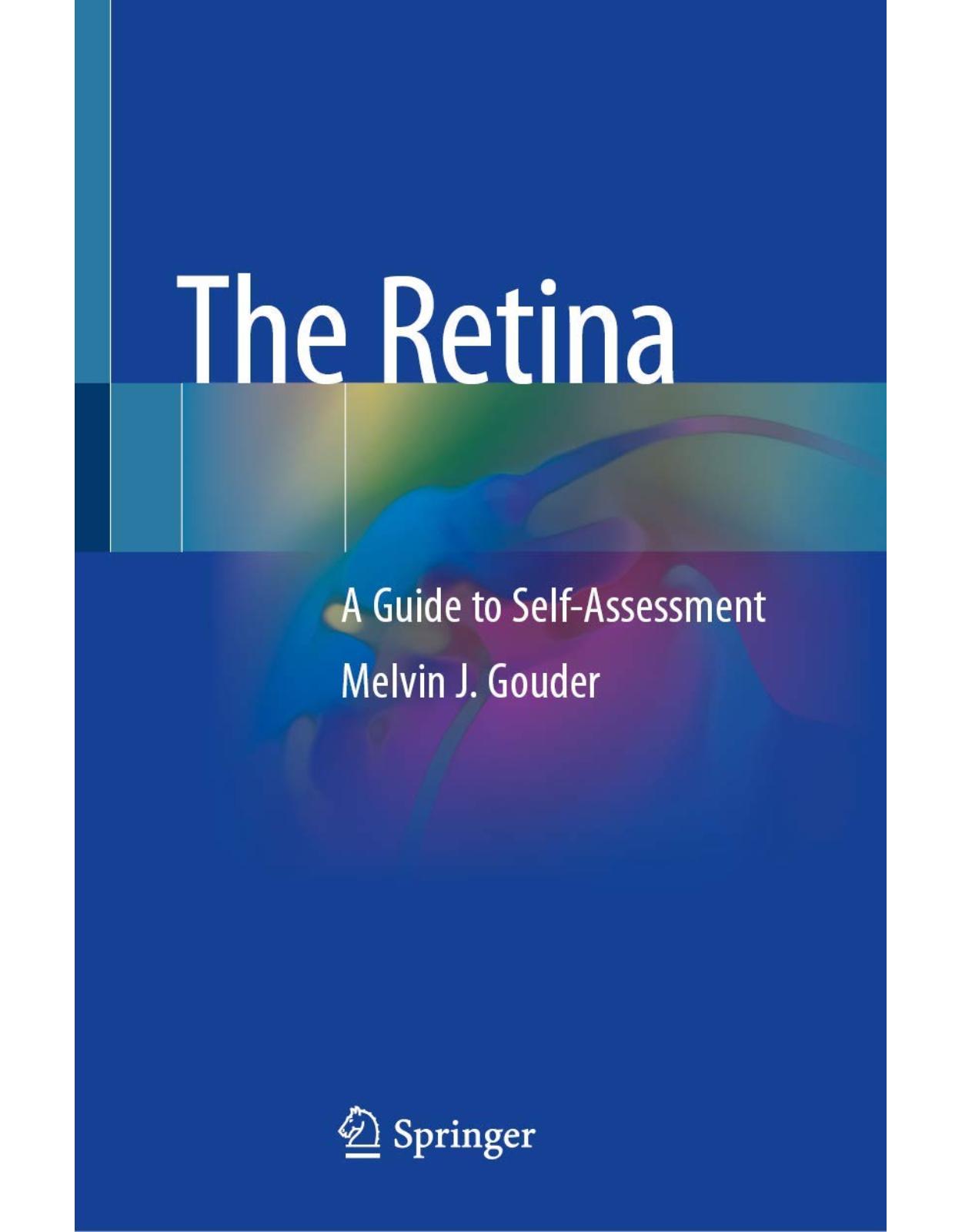
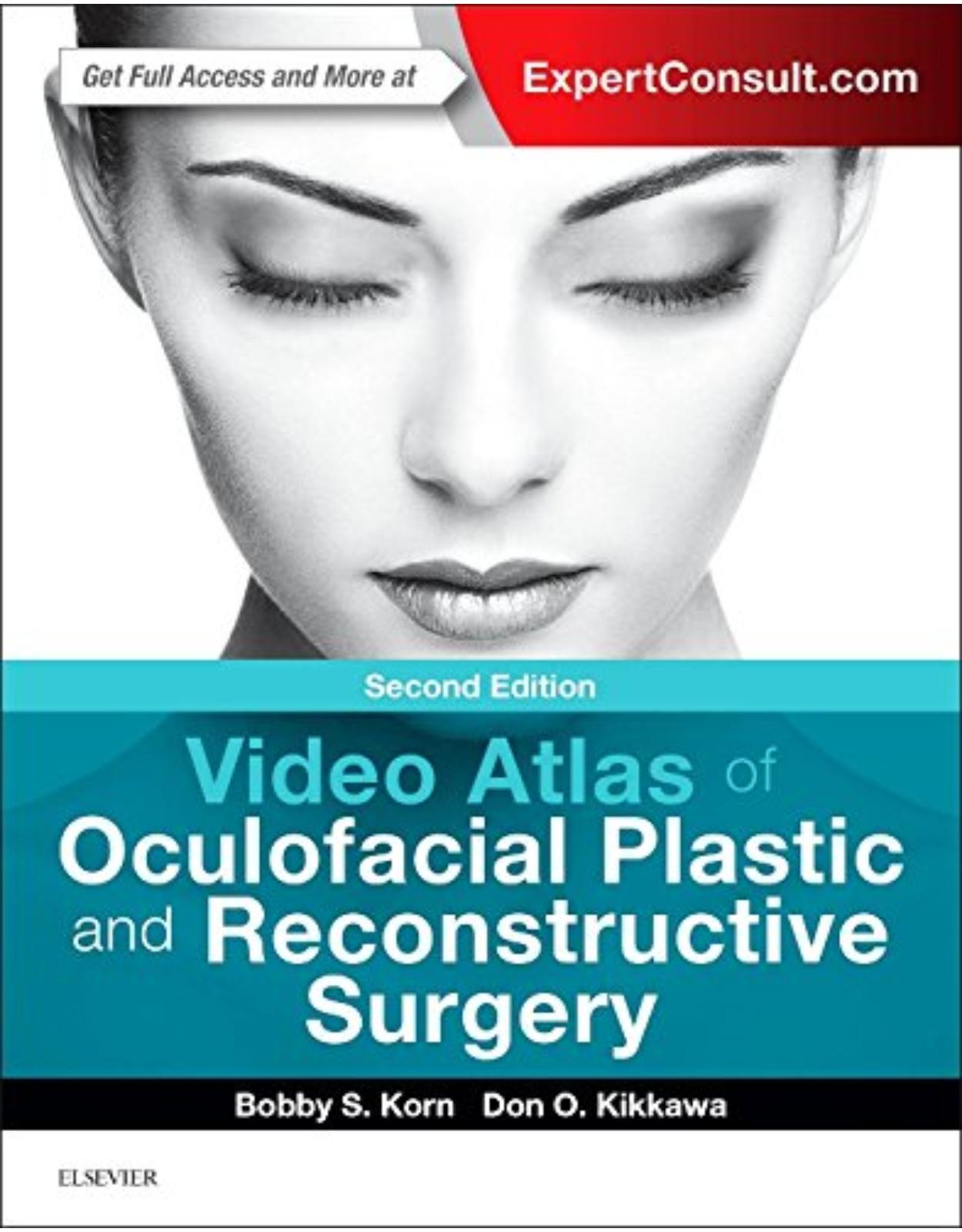
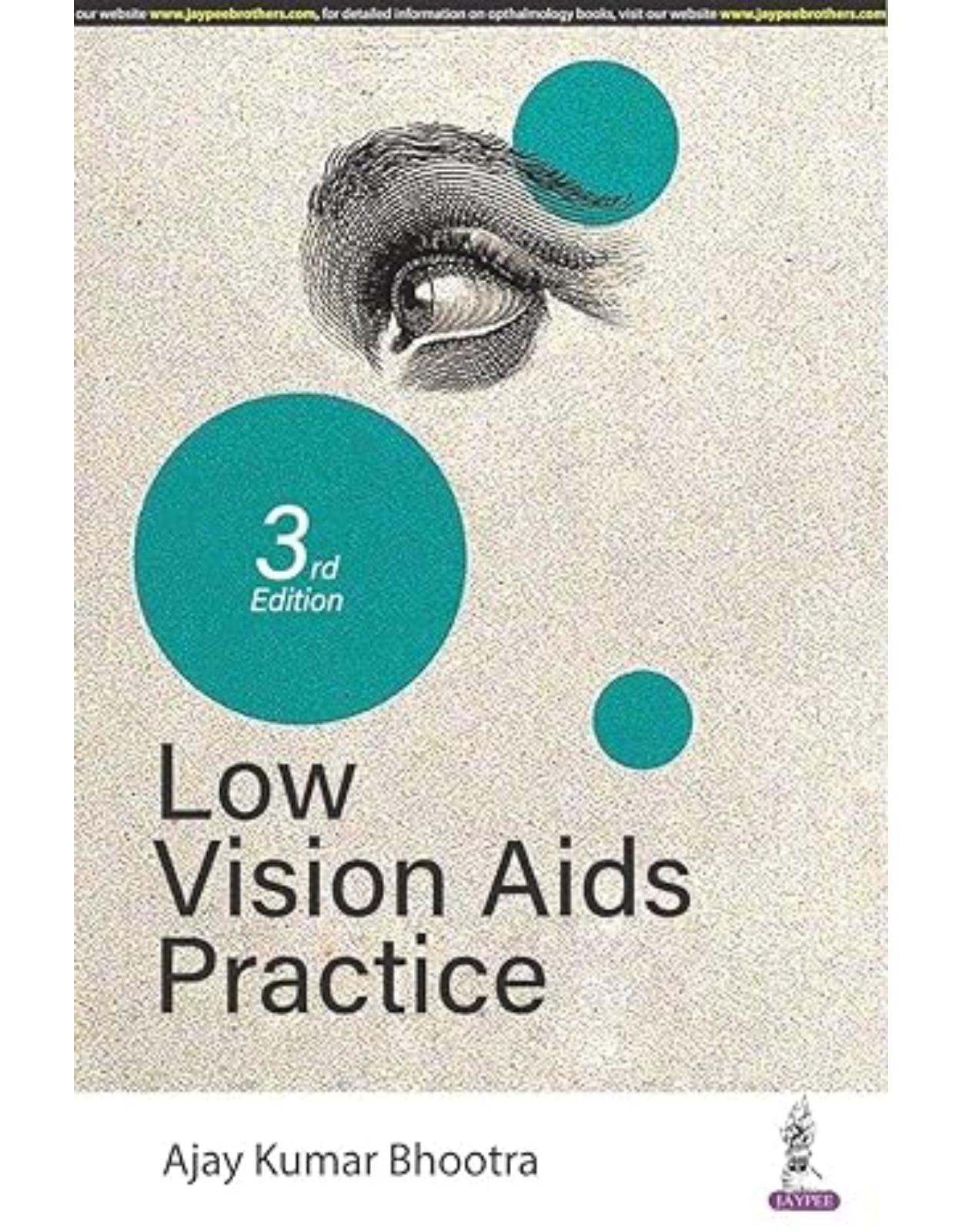
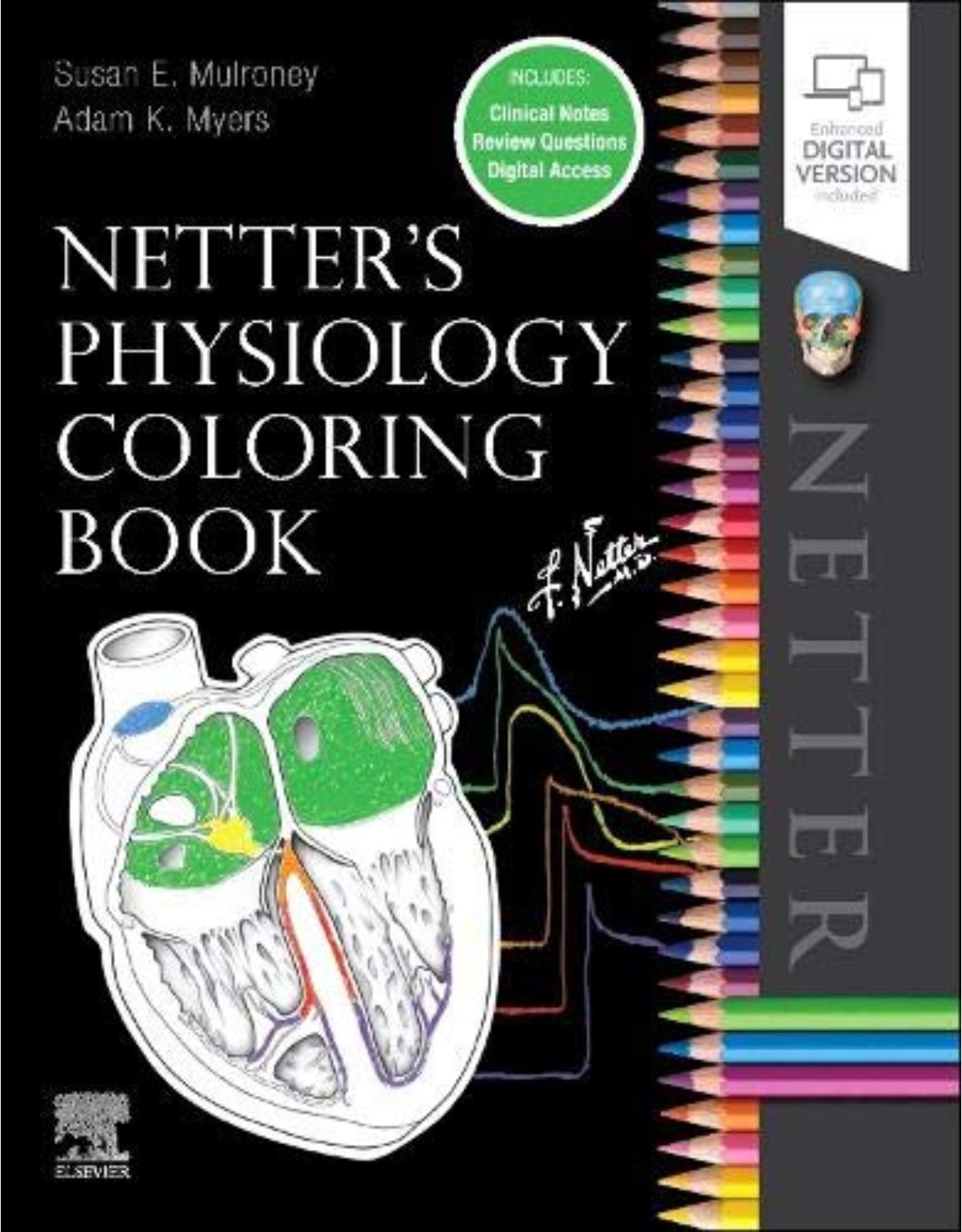



Clientii ebookshop.ro nu au adaugat inca opinii pentru acest produs. Fii primul care adauga o parere, folosind formularul de mai jos.